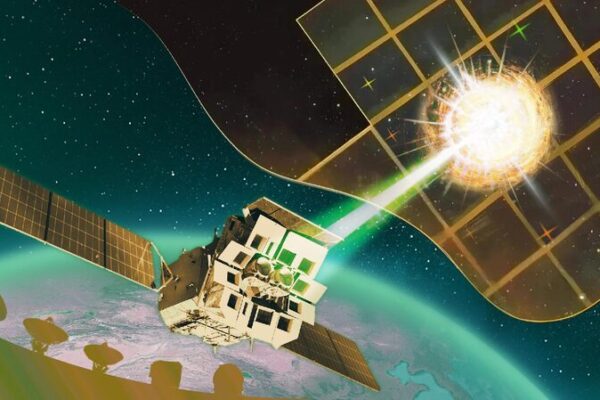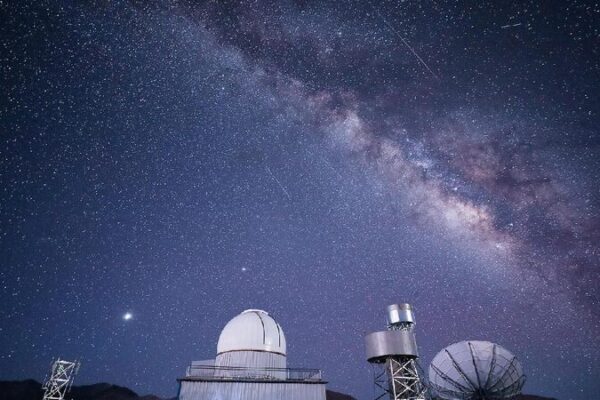China has just taken a giant leap in space exploration with the launch of two new radio telescopes. These massive 40-meter-wide dishes, nestled in the Changbai Mountain area of Jilin Province and the city of Shigatse in Tibet, are set to help scientists unlock the secrets of the universe.
Built by the Shanghai Astronomical Observatory (SHAO) of the Chinese Academy of Sciences (CAS), the telescopes join China’s Very-Long-Baseline Interferometry (VLBI) network. This network now boasts a control center in Shanghai and six stations across the country.
So, what’s VLBI? Imagine combining the power of multiple telescopes to create one super telescope as big as the distance between them. That’s exactly what VLBI does! By syncing signals from different locations, scientists can get incredibly detailed images of space and track celestial objects with pinpoint accuracy.
“With these new telescopes, the longest distance in our network extends from about 3,200 kilometers to approximately 3,800 kilometers,” said Shen Zhiqiang, head of SHAO. “This expansion lets us see 25% more of the sky and boosts our resolution by 18%.”
China’s VLBI network has been a key player in missions like the Chang’e lunar explorations and the Mars mission Tianwen-1. Now, with enhanced capabilities, the network can track multiple space targets at once, paving the way for future missions to the Moon and beyond.
At the launch event, CAS vice president Ding Chibiao emphasized the importance of scientific infrastructure in driving innovation. He encouraged openness and collaboration in the scientific community.
“These new telescopes will be crucial for our upcoming missions to explore the Moon, asteroids, Mars, Jupiter, and other celestial bodies,” said CAS academician Ye Shuhua.
Building these telescopes wasn’t easy. One sits high at 4,100 meters above sea level, while the other braves winters colder than minus 20 degrees Celsius. But the effort is worth it. With these additions, China is set to dive deeper into radio astronomy, studying phenomena like supermassive black holes, rapidly changing cosmic objects, gravitational waves, and the workings of our galaxy.
This is an exciting time for space enthusiasts everywhere. As China expands its gaze into the cosmos, who knows what incredible discoveries await?
Reference(s):
China's new radio telescopes put into use for deep space exploration
cgtn.com








